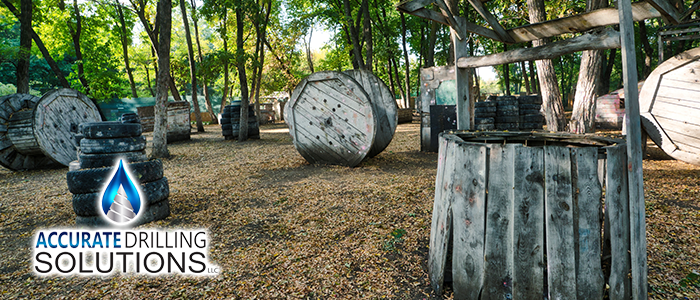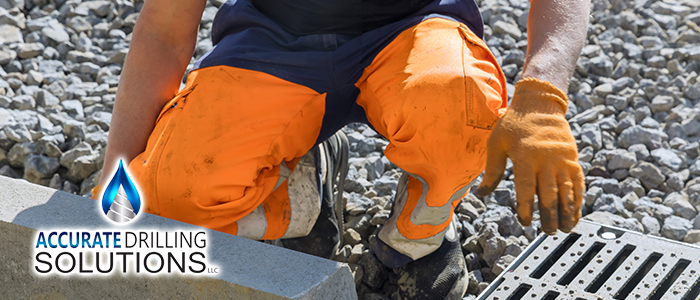
Can You Restore an Old Well
Most families who get their water from a well use it every day. They drink, clean, and do whatever they need to with their well. However, there certainly are cases where a well may become abandoned. For example, the home may suffer damage or a fire, or the property may be unused for long periods of time. It’s rare, but some people decide against using a well after being dug. Maybe they dig a new one; maybe they no longer need to irrigate their property… There are a variety of reasons.
If you’ve abandoned a well, or you’ve purchased a home with a well, there are some things to consider. This article will cover the things you need to go over before drawing water from an old well.
Is the Old Well in Good Shape?
First thing’s first – You need to assess how well the equipment has held up. If you’re buying a new property, ask about it. Does the wellhead have a cap? Are there any visible cracks? Why was the well abandoned? You’ll also want to know how long it’s been out of service. Finally, you’ll want to make sure the casing extends at least a foot above the ground and that it isn’t overly rusted.
Often you’ll find wells without a cap on the wellhead, or the seal will be cracked or loose. This can allow dirt and other debris into the well. In addition, vegetation, roots, and more can impede the function of an exposed well. Therefore, it may be worth it to have a professional come and inspect the well or replace the well cap.
Test the Water
The restoration of the wellhead can be thought of as your well’s foundation. If you have repairs to make to the well’s casing or head, take care of that first. Otherwise, even treated water can get contaminated again. Next, you have to test the water quality. An exposed well with no cap is likely going to be contaminated.
Testing it will tell you everything you need to do to restore the water to a drinkable, potable state. However, even if the test comes back that the well water is clean, you may still want a borehole inspection to examine for signs of animals or causing damage.
If you find signs of contamination, take the appropriate steps to treat your well water. Shock chlorination or other additive treatments may be necessary. You should remove debris. You will need special tools or professional help to remove things that have fallen into the well, as most are dug around a hundred feet deep.
Rely on Accurate Drilling
After treating the well, you’ll need to know you have working equipment to filter, treat, and move the well water. This means installing a well pump, pressure tank, and additional equipment. If this equipment exists, you may be able to reuse it, but you’ll have to inspect it to be sure it’s in working order.
Pumps will likely need replacement, but a pressure tank in good condition may be reusable. Filtration systems will also need new filters. You can learn more about well water equipment on our website. If you have an old well on your property you’re interested in restoring, give us a call.
continue reading
Related Posts
Water Wells: The Hidden Gem for Fire Protection Do you
Drilling Down on Well Drilling: FAQs and Answers Are you
The Role of Water Wells in Sustainable Living Sustainable living






